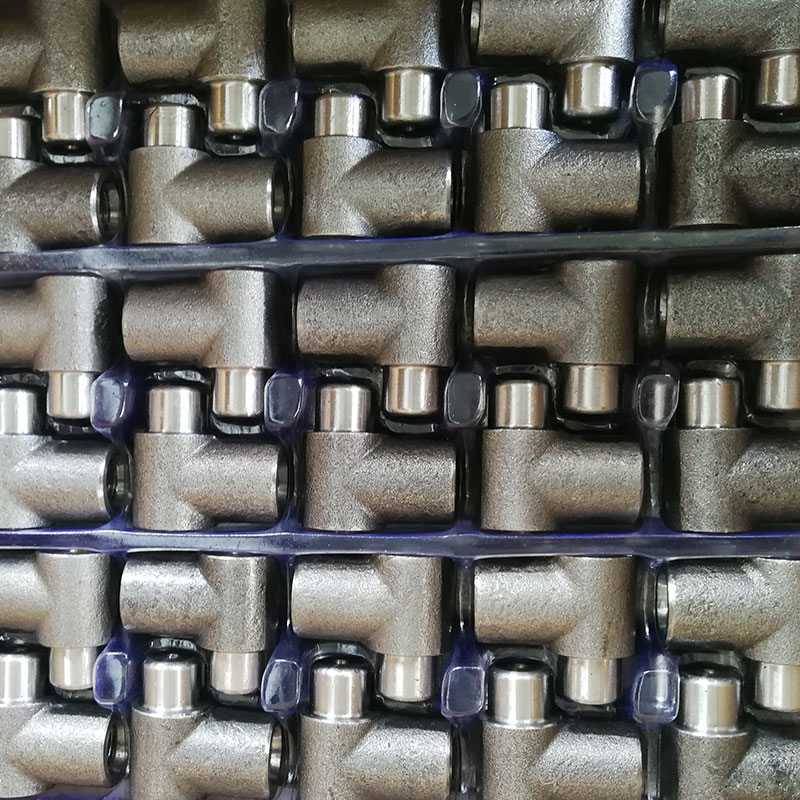 Main:+86 574 87907106
Main:+86 574 87907106
![]() Main:+86 574 87907106
Main:+86 574 87907106
The advantages of precision metal parts processing The precision metal parts processing center is an efficient, high-precision CNC machine tool. The workpiece can be processed in multiple procedures in one clamping. At the same time, it also has a tool library and an automatic tool change function. The metal parts machining center can realize three-axis or more than three-axis linkage control to ensure that the tool can process complex surfaces. In addition to the linear interpolation and circular interpolation functions, the precision parts machining center also has various machining canned cycles, Tool radius automatic compensation, tool length automatic compensation, processing graphics display, man-machine dialogue, automatic fault diagnosis, offline programming and other functions.

The advantages of precision parts processing precision parts processing center is developed from the CNC milling machine. The biggest difference from the CNC milling machine is that the machining center has the ability to automatically exchange machining tools. By installing tools for different purposes on the tool magazine, the machining tools on the spindle can be changed by the automatic tool changer in one clamping to realize multiple machining. Features.
Precision parts processing equipment is suitable for large-scale, high-precision, and complex processing, and is especially competent for processing arcs and tapers.
The advantage of precision parts processing in industrial production involves issues such as materials, technology, cost, and quantity used. Many parts cannot be mass-produced by machines, so some special processes are needed to carry out small-scale production. For large-scale or small precision parts processing, manual processing may also be involved. Generally, small batch production is realized by CNC, rapid mold, vacuum silicone compound mold and other processes.
The advantage of precision parts processing is that the processing of small precision parts ranges from single to three digits, which are processed through simple molds, soft molds, or directly. The processing of small precision parts is generally the usual machining processes such as turning, milling, planing, grinding, and pliers, and the fitter's cutting, drawing, drilling, tapping, etc. Representative industries include aviation, aerospace industry, shipbuilding industry, construction machinery industry, machine tool industry, etc. The typical representative of mass production is the automobile industry, and the trial production of new models and engines in the automobile industry, as well as the mold industry that mainly serves mass production, is still a single small batch production.
Brishine United Industry Co.,Limited
No 218, Dieyuan Road, Shounan Street, Yinzhou
315000, Ningbo, China
Main: +86 574 87907106
[email protected]